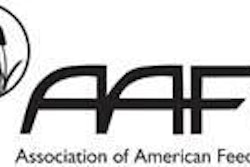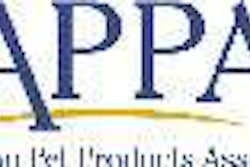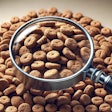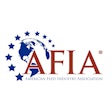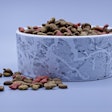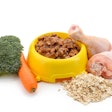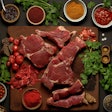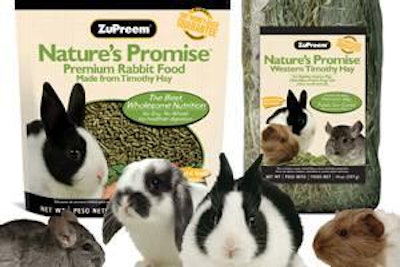
The Association of American Feed Control Officials (AAFCO) "mid-year" meeting was held on January 19-21 in Redondo Beach, California, USA (near Los Angeles). Attendees expecting mild, sun-drenched weather were instead met with an atypical onslaught of extended rain and strong winds. In fact, the area received more precipitation during the week of the meeting than collectively over the entire previous year! Despite the inconvenience imposed by the storms, people appeared to enjoy themselves.
The meeting started with a general session, which for many years has been held only during the summer annual meetings. AAFCO plans to continue holding a general session during the mid-year meeting, which will allow the membership to vote on matters twice a year instead of just annually. Also, starting next year, newly elected officers to the board of directors will begin their terms in January rather than August.
After more than four years of deliberation, the PF9/PF10 (aka calorie statement) working group submitted its recommendations to the Pet Food Committee. Briefly, the regulatory members of the group reached a consensus in agreement with the amendments to the AAFCO Model Regulations for Pet Food and Specialty Pet Food as proposed by the American College of Veterinary Nutrition .
The proposal would, among other things, require calorie content statements on all-not just "lite" or weight management-dog and cat food labels, with minor specified exemptions. The proposal also streamlines the current method to calculate and report calories to make it easier for both manufacturers to comply and regulators to verify. The committee accepted the report of the group but will not vote on the actual recommendations until the annual meeting.
The committee did vote on and pass a proposal to change the order and units of guarantees on specialty pet food labels (i.e., products for birds, reptiles, fish and other species) to make them similar to that required for dog and cat foods rather than like livestock feeds as currently required. For example, under the amendment, vitamin A would be declared in IU/kg instead of IU/lb and iron in mg/kg vs. ppm.
However, specialty pet food manufacturers should not revise labels just yet. The amendment still must endure several more steps within AAFCO before it is enacted, after which there is expected to be a two-year grace period to allow for old label stock to be exhausted.
The Ingredient Definitions Committee discussed a proposed definition for wheat gluten. Concern was raised that the stated minimum protein specification for the ingredient was above typical levels on the market, despite the fact that the specification conforms to international standards. No action was taken at this meeting, but the matter likely will be discussed further at the annual meeting.
The committee did accept an amendment to the AAFCO definition for ethoxyquin that would add use conditions to match what already appears in the Code of Federal Regulations (21 CFR 573.380). It would limit use to prevention of degradation of fat-soluble vitamins and similar compounds as well as formation of peroxides in canned foods, but not to prevent oxidation of fats per se.
This language appears to be in conflict with a US Coast Guard regulation that requires ethoxyquin be added to fish meal when shipped in bulk by sea. It is added for the purpose of preventing oxidation of fats, thus mitigating the risk of spontaneous combustion of the meal. At this juncture, it is unclear how the discrepancy will be resolved.
The AAFCO Feed Labeling Committee accepted a proposal to allow for claims for dietary starch, sugars and fructans on animal feed labels with appropriate guarantees for these carbohydrate fractions. However, the proposed regulation expressly excludes petfoods. Language from the carbohydrate working group on carbohydrate-related claims for petfoods will be sent to the Pet Food Committee for further deliberation.
Model Good Manufacturing Practice (GMP) Regulations for Feed and Feed Ingredients now appear in the AAFCO Official Publication . Currently, they are listed between the general animal feed model regulations and the petfood model regulations, but a task force has been formed under the AAFCO Model Bill and Regulations Committee to recommend a permanent location in the publication.
Regardless, companies need to be aware that when eventually adopted by states, these GMP regulations will affect all pet food production. The AAFCO Feed Manufacturing Committee is working on a checklist that will facilitate determination of compliance with GMP requirements.
The meeting of the AAFCO States-Industry Relations Committee included some very interesting presentations on the highly anticipated GRAS (generally recognized as safe) notification process, particularly in regard to how it compares to the food additive petition and AAFCO feed ingredient definition methods to allow for use of new animal feed and pet food ingredients. The pros and cons of each method will be discussed in detail in a future column.



